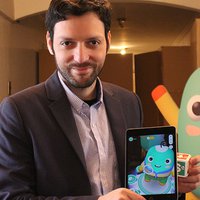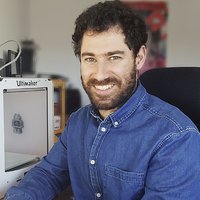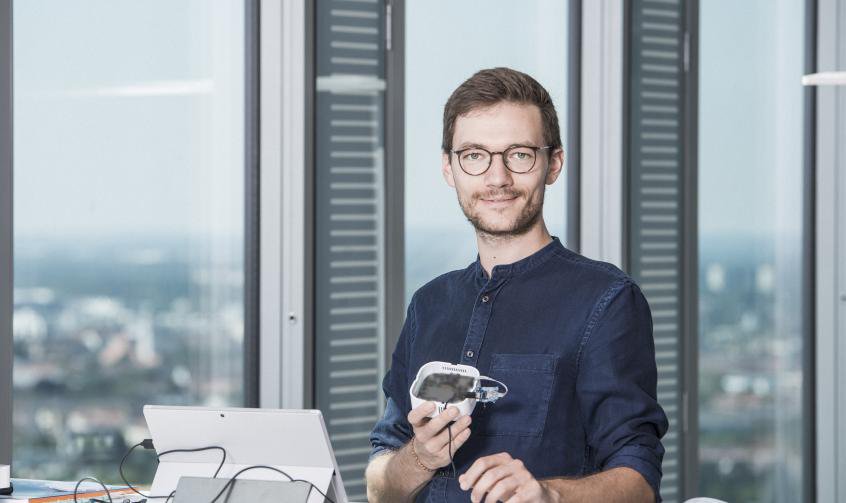Air quality monitoring stations are expensive, rare and only offer limited insights into the full picture of pollution. Jannai Flaschberger has found a way to change that with affordable sensors.
TR: Your start-up is called Hawa Dawa, which doesn’t exactly sound like a high-tech sensor network. What’s the meaning behind it?
JANNAI FLASCHBERGER: Hawa Dawa essentially means ‘air medicine’ or ‘clean air’ – not just in Arabic, but also in Hindi, Turkish, Persian and Swahili. After targeting exactly those countries in our company’s initial phase, it seemed a fitting name.
- Now you’ve changed direction and want to equip Germany with a network of affordable pollutant sensors. Is the air in your home country so bad?
I always used to think that we have wonderful air here in Munich. However I soon learned that the muck in the air entails a great deal of harm to health for us as well.
- And you want to change that. Are you trying to improve the world?
That’s certainly a particular source of motivation for me. As an engineer, I could obviously be off lighting up LEDs somewhere. The wonderful thing about our work, however, is that we’re doing something meaningful: we’re making people aware of the problem posed by air pollution.
- Local authorities already manage an air quality monitoring network. What is Hawa Dawa doing differently?
The public monitoring stations are extremely precise – and correspondingly expensive and rare. In contrast, at Hawa Dawa we’re offering affordable sensors which actually aren’t intended to just provide quantitative measurements, but rather as a warning system, like a smoke alarm. Using statistical analyses and machine learning, we can obtain truly reliable measurement values from this data [at a much lower cost].
- Who will set up these devices?
We’re looking for sensor supporters – people interested in this area and in our devices to provide a little electricity, a wireless internet connection and a spot on their balcony. In return, they receive access to all the data we gather. That is the product that ultimately we’re also looking to sell. Developers designing running apps could generate jogging routes which pass through areas with the cleanest air, for example. Interested members of the public can also receive full access for a fee.
- So, this will allow people to learn what the air quality is like?
Not just learn: they should be able to see it. We want our distributed sensors to visualise the air, our common patrimony – maybe not to one hundred percent accuracy, but in a way which is more accessible to members of the public. Air quality should be tangible: where are the problem areas, [and] how are they changing over the course of the day? Only once a large part of the population is aware of the quality of our air will it be possible to start taking concrete steps to battle pollution.
By Alexander Stirn
Translation: Nick Lyons




